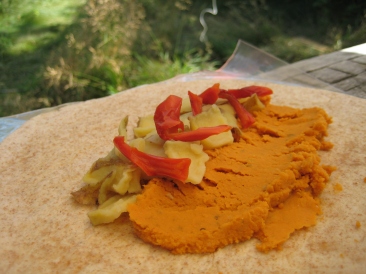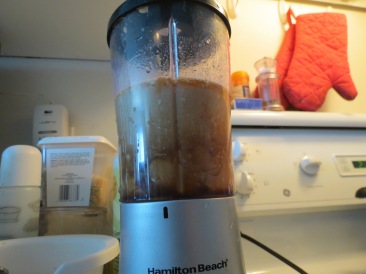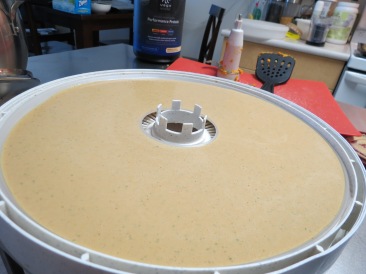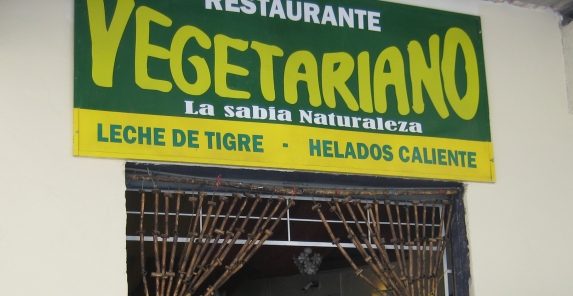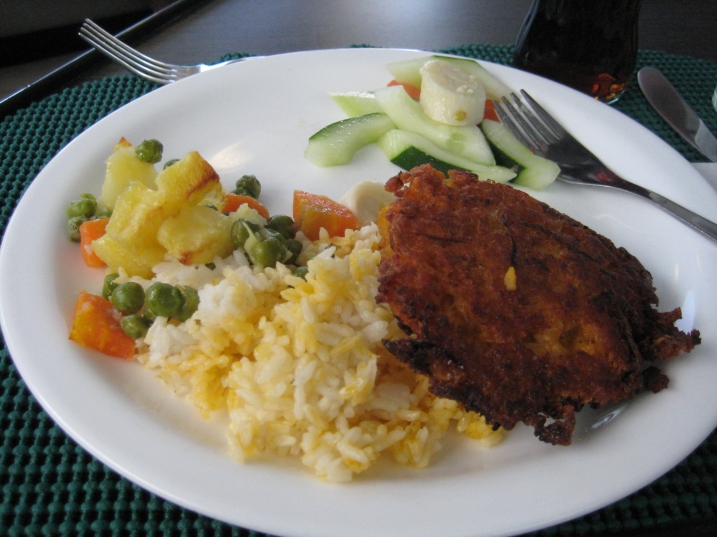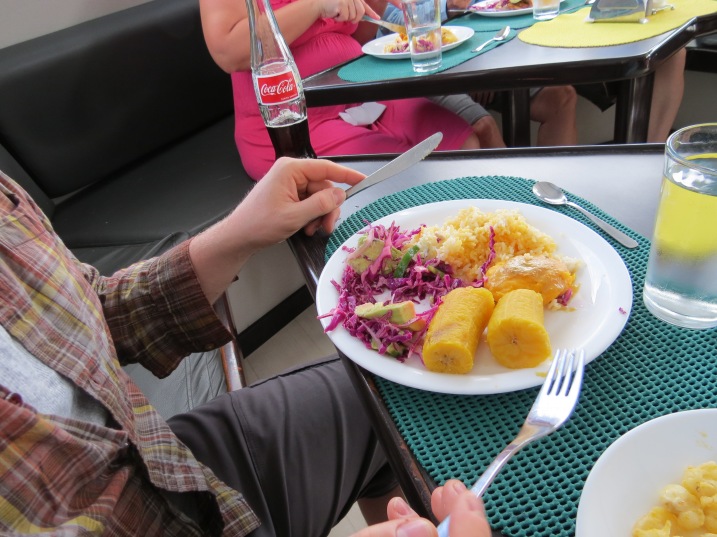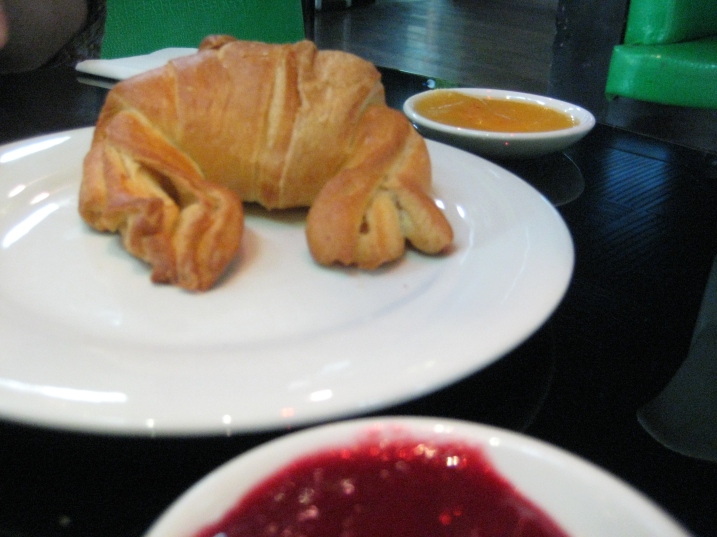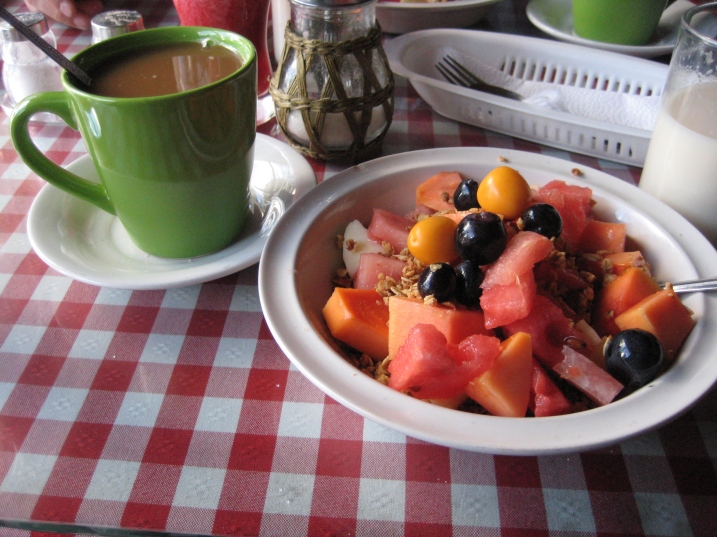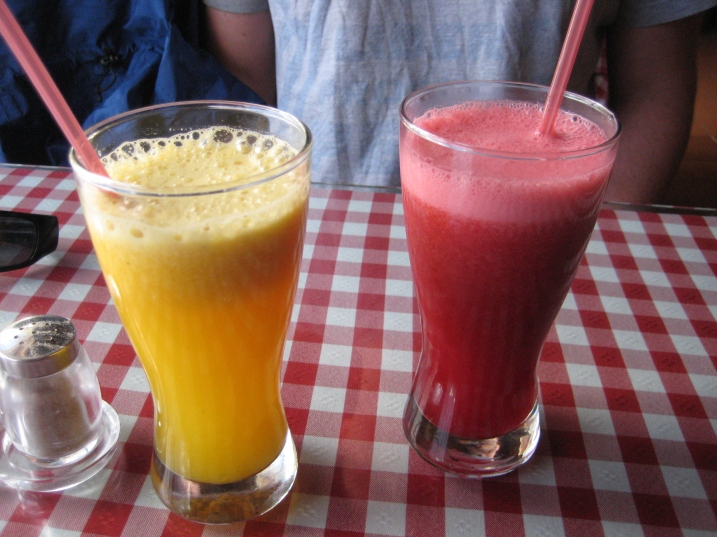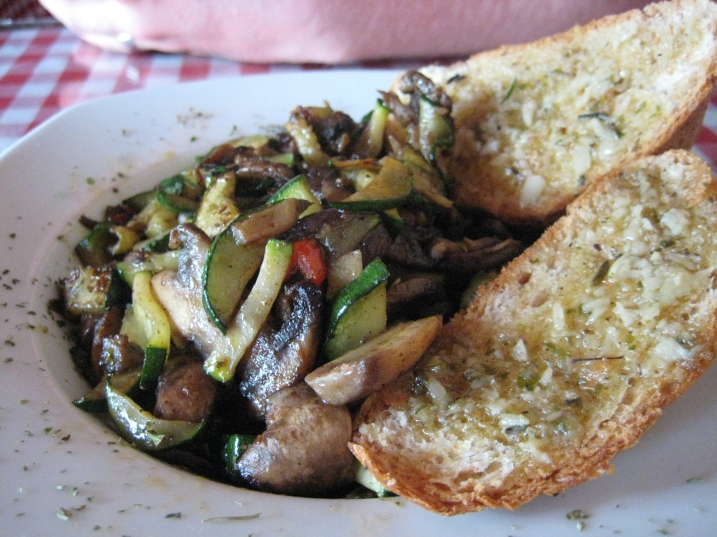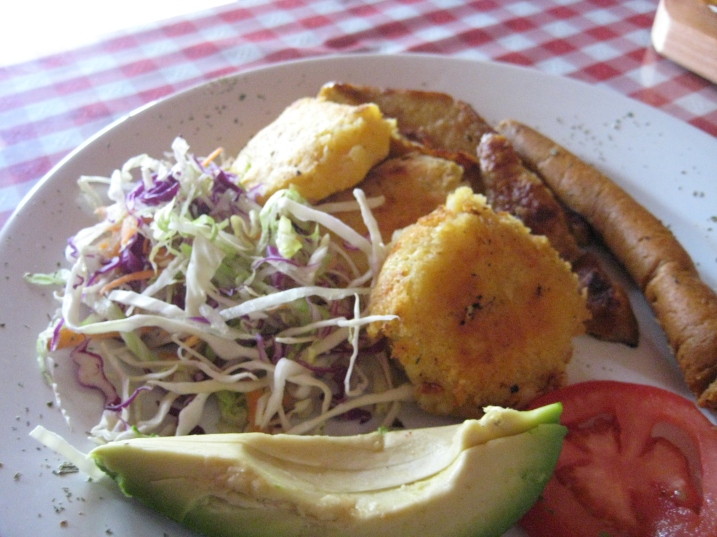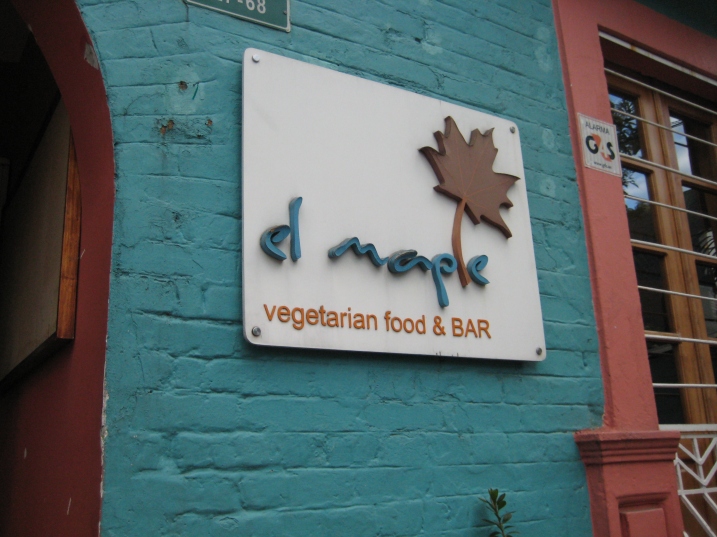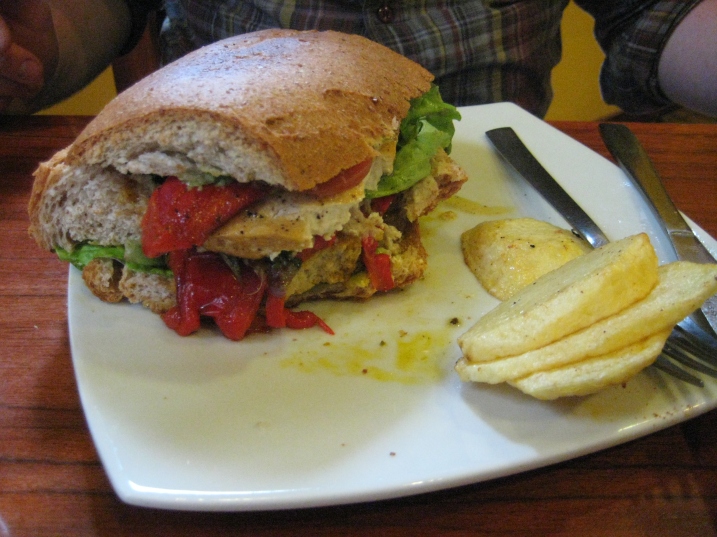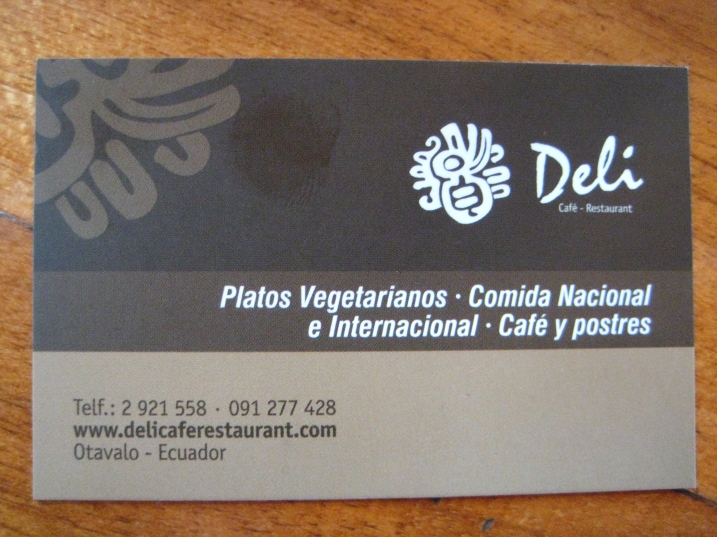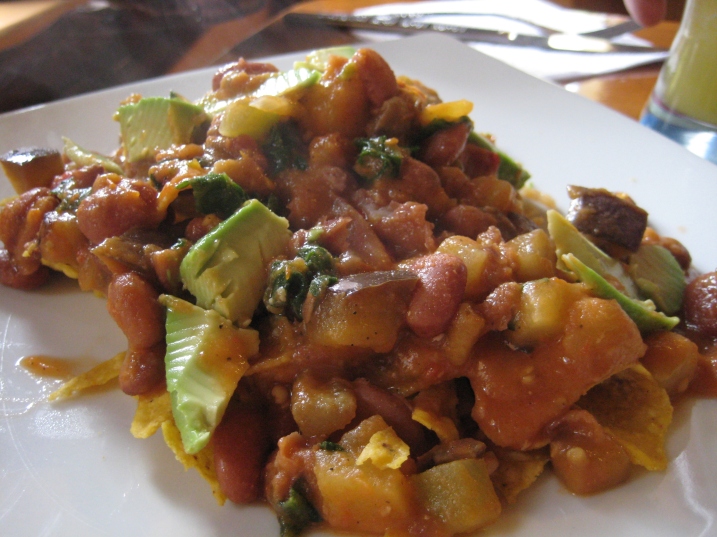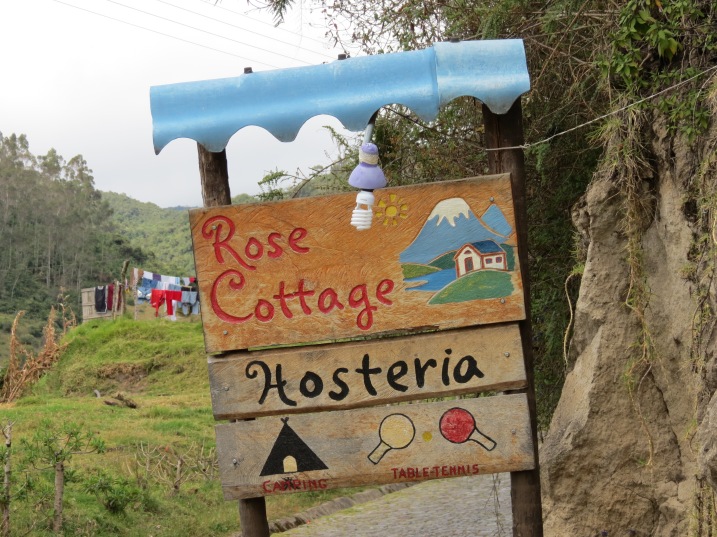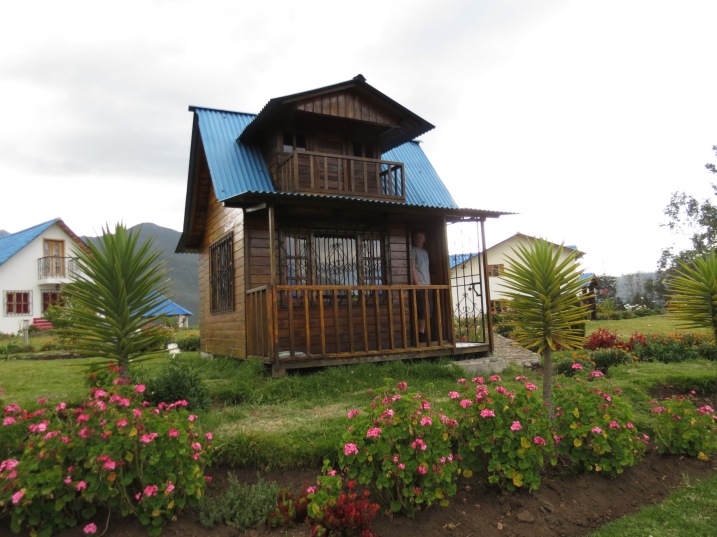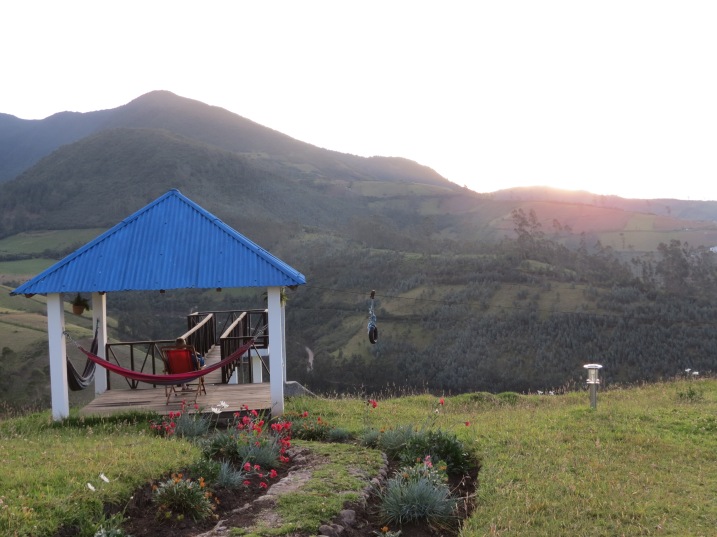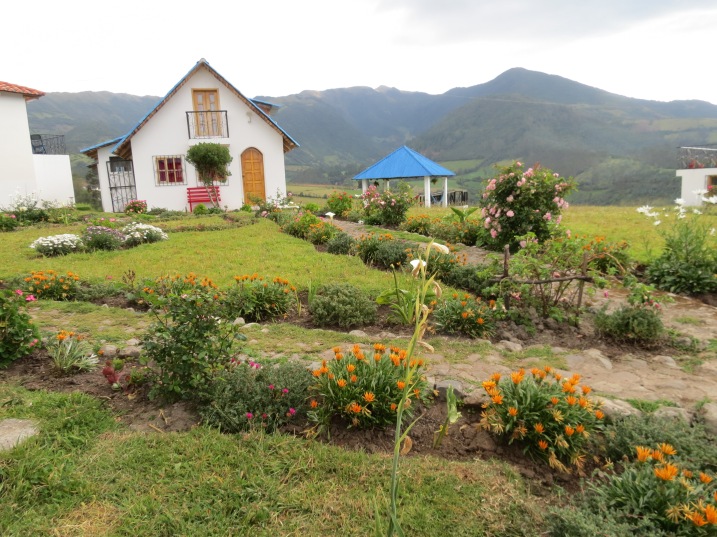This post may come at an unseasonable time of year, however after thinking about it – perhaps not! If you’re like me, the miserable cold (in Canada anyway) and lack of decent quantities of sunshine makes me dream of summer and planning summer adventures. Otherwise I’d get pretty depressed.
I spend a lot of my summer planning, preparing for, and going on trips that get me outdoors and away from the city. Camping, hiking/backpacking, and canoeing trips keep me pretty busy during the few summer months we get here. After enough experience from several years of these activities I’ve become more organized. At least I try to be. When it comes to food, I seem to always be more frantic at the last minute trying to pull our meals together. That’s why I hope to do more pre-season preparation while I have the time during the winter months.
So you might be thinking…how the crap do I get meals together many months in advance? The answer is – with my trusty food dehydrator! I love this device and don’t know how I lived without it. This past year I decided instead of trying to find and purchase decent vegan dehydrated/freeze dried meal pouches when I need to pack compact, light weight meals for backpacking trips (which by the way are packed with a ton of sodium and chemical crap), I would be able to make better, healthier, and CHEAPER dried meals myself.
Making meals and dehydrating them takes time, so it’s not really a great idea to start preparing these while you pack. Packing your gear and food is time consuming enough, so if you add the “make your own dried meals from scratch” aspect to the process, you will be a little sick of preparing for your trip and probably not want to go through the trouble of making your dried stuff own again. So yup (* note to self…), start early 🙂
If you ever embark on adventures like mine, perhaps these meals to follow will inspire you!
The following photos show a glimpse of the process for my meals coming together, with recipes posted at the bottom:
Jambalaya with Quinoa
Nice, compact, light meals great for packing into your hiking or canoe pack. I tend to fill my (80 litre!) pack to the brim so the lighter, the better. Here is a visual of said pack. It sits taller than me.
Greek Red Pepper Dip
When this stuff is nice and dry, I put it in the blender to make it into powder so it can rehydrate properly.
I used this in a wrap, pictured below. I also re hydrated potatoes and peppers to add to the wrap. (The potatoes were sliced and cooked before dehydrating.)
Similarly, I make sauces which are dried kind of like the hummus (greek red pepper dip above) and powdered in the blender for use at camp. My favorite is probably the Mac and Cheese sauce from a recipe I’ve posted on this blog before. My hubby and I both love this recipe and make it often – it makes a lot of sauce so we just throw the extra on the dehydrator. Awesome!
I came up with a great combo for camp, inspired by a recipe from a non vegan cook book for asian beef lettuce wraps. The peanut sauce is so tasty and I use it for a sauce for dried TVP (textured vegetable protein) which of course will get re hydrated at camp. I also rehydrate some peppers and onions, fry them, then combine with the TVP and sauce. I’m gourmet like that sometimes.
Peanut Sauce

The top, darker looking bag is the sauce before powdering. The other is the TVP, and the other dried veggies for this recipe are in the background.
Finally, don’t forget about good ‘ol dried fruit! I have another previous post on drying your own fruit. You can snack on it, add it hot or cold to breakfasts, etc.
Now for the recipes used:
Jambalaya with Quinoa – from Backpacker Recipes website
dehydration time: 8 to 10 hours
makes 6 to 8 servings
3 cups quinoa (rinsed and drained)
4 tablespoons olive oil
2 onion (minced)
2 bell pepper (minced)
20 fresh mushrooms (minced)
56 ounces canned crushed tomatoes
30 ounces canned white beans (drained)
2 teaspoon dried thyme
1 teaspoon salt
1/2 teaspoon cayenne pepper
- Place the quinoa in a saucepan with 5 1/2 cups water, bring to a boil; then reduce heat and simmer for 20 minutes or until tender and translucent. Set this aside.
- Heat a fry pan over medium-low heat, add the olive oil. When the oil is hot add the onions, bell peppers and mushrooms and stir for 10 minutes.
- Stir in the tomatoes, beans, and herbs and bring to a boil, let in simmer for 5 minutes. At this point your kitchen should be filled with a heavenly smell.
- Add the quinoa to the mixture and blend.
- Spread this mixture out onto dehydrator trays and dehydrate. I did it overnight on the plastic trays that hold moisture, and I had to flip the food over in the morning to fully dry it all.
- This then goes into ziplock bags. On the trail I simply put the Jambalaya into my cook pot, added water to cover the food and brought it to a boil and simmered a couple of minutes, and then let it sit several minutes to fully hydrate. The amount of water you add is something you need to experiment with, if you add too much you just end up with a bit of soup to finish off your meal with. I do stir the mix while heating to be sure that it doesn’t burn on the bottom.
Greek Red Pepper Dip – from Backpacker Recipes website
Dehydration Time: 5–7 hours
Makes 4–8 servings
2/3 cup roasted red peppers
2 19-ounce cans chickpeas, rinsed and drained
6 tablespoons lime juice
4 cloves garlic
4 tablespoons tahini
3 tablespoons capers
1/2 teaspoon dried oregano
Pinch of kosher salt
At Home
- (I just used store bought) Roast the red peppers. Once they’ve cooled, peel them and chop them into 1/4-inch pieces.
- Combine all the ingredients in a food processor or large bowl if using a hand blender. Process them until you have a thick paste.
- Spread evenly on lined dehydrator trays, keeping the mixture about 1/4 inch thick. Dry for 5 to 7 hours or until the mixture crumbles and is thoroughly dry. Store in a medium ziplock freezer bag.
At Camp
- Rehydrate the dip using a formula of 1 1/2 parts dried mix to 1 part water. Wait 5 to 10 minutes then add a little more water if it’s too dry. Serve as a dip with Greek pitas or your favorite crackers or use as a spread in a wrap.
Peanut sauce
1/4 cup light coconut milk
2 Tbsp natural peanut butter
4 tsp low sodium soy sauce or coconut aminos
4 tsp rice vinegar
2 tsp sesame oil
1 1/2 tsp minced garlic
1 tsp honey or agave
1 tsp sesame seeds
1 tsp minced fresh ginger
1/2 tsp hot Asian chilli sauce
Combine ingredients in blender, then dehytrate. At camp, re hydrate sauce by adding boiling water to consistency and let it sit; once sauce is ready add to re hydrated pan fried veggies and re hydrated TVP, simmer for 5 – 10 minutes until the mixture heats through and has had a chance to absorb the flavor.
Now go fire up your dehydrators!









